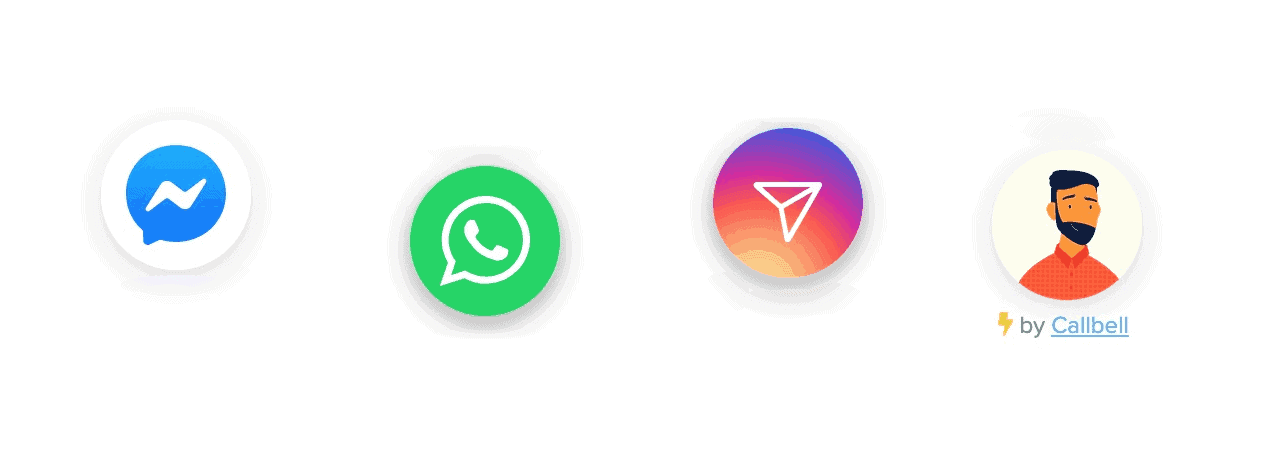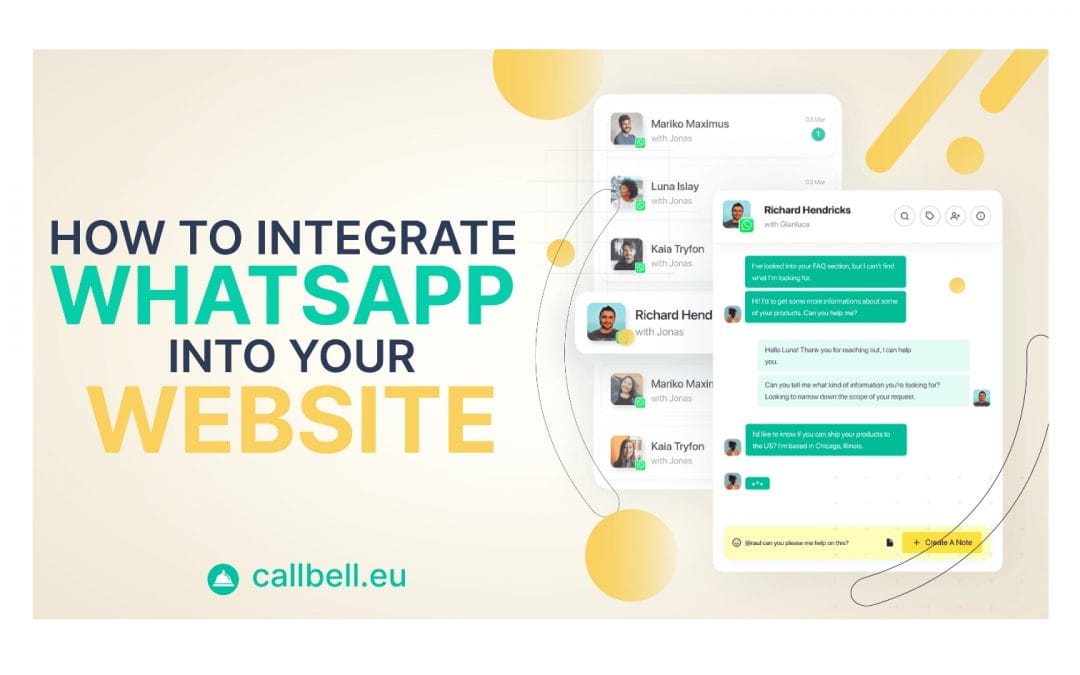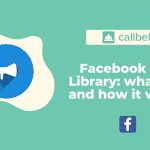Find out how you can integrate WhatsApp on your website, to allow your visitors to contact you and start chatting with just a click.
Being present and reachable via WhatsApp means providing instant communication to customers, with a significant impact on the customer experience. Furthermore, providing an immediate communication channel avoids that the customer looks for the same product or service from a competitor.
Thanks to this feature, which uses WhatsApp’s APIs, you site visitors will be able open a new chat on the app directly on your WhatsApp Business page or, if you don’t have one, on your phone number WhatsApp page.
In this way, the user will not have to do anything else but start the conversation (the user gives you his opt-in through this action).
1) Use the WhatsApp API documentation
Let’s start with the most “technical” solution (it’s actually very easy). This solution allows us to integrate the click-to-chat link in any part of the website.
In fact, you will just have to add your personalized link to an image, a button or any call-to-action in order to allow WhatsApp to open to your users.
To create your personalized link, just enter your phone number at the following link:
https://api.whatsapp.com/send?phone=
If your number is, for example, 3456789715 and your country code +39, your link will be:
https://api.whatsapp.com/send?phone=393456789715
N.B .: just remember to remove the + that you find before the country code.

A chat widget is the ideal solution to integrate a WhatsApp button on your site, similar to other support solutions via Live Chat, which we often find online.
This will allow your website visitors to start a chat simply with a click, while channeling all the traffic generated into the instant messaging channels of their choice.
To do this, you will need to create a free account on Callbell, build your custom widget in a few clicks and install it on your website via WordPress or Google Tag Manager. You can set the widget to be displayed via desktop and mobile, or from both types of devices.
Once this is done, the widget will appear in the lower margin of the pages of your website (you can choose either on the right or left of the screen) and it will give your visitors the chance to start a conversation with you by clicking on the WhatsApp button.
Note: from Callbell, you can also choose to create a WhatsApp Business page or integrate an existing one and manage your incoming messages directly from the platform, without necessarily having to use the native WhatsApp app.

GetButton offers an alternative chat widget to that of Callbell, that allows you to start a chat on the main messaging channels.
The procedure is very similar to the one described for Callbell: once the widget has been created and installed on your website, the GetButton widget will appear at the bottom of the web page. GetButton allows you to integrate different channels within the chat widget.
However, if you intend to add more than 2 messaging channels, the option is not free of charge, just like for more advanced features. This can be very limiting for all those companies that use various communication channels, such as WhatsApp, Messenger or Telegram.
Moreover, there is no option to display a preview of the widget, not even on the GetButton site, making its display uncertain in the browser that you usually use from desktop or mobile.
Compared to traditional channels like email or phone number, giving our customers the opportunity to contact us through this channel allows us to provide a unique experience to our customers, both online and offline.
Start today to use WhatsApp to communicate with your customers thanks to Callbell, create a free account by clicking here!

Is it possible to add a WhatsApp chat widget with a plugin?
Can I integrate WhatsApp on a WordPress or Wix site?
How can you add WhatsApp on your website?

About the author: Hello! I am Carlo and I am one of the co-founder at Callbell, the first communication platform designed to help sales and support teams to collaborate and communicate with customers through direct messaging applications such as WhatsApp, Messenger, Telegram and (soon) Instagram Direct





